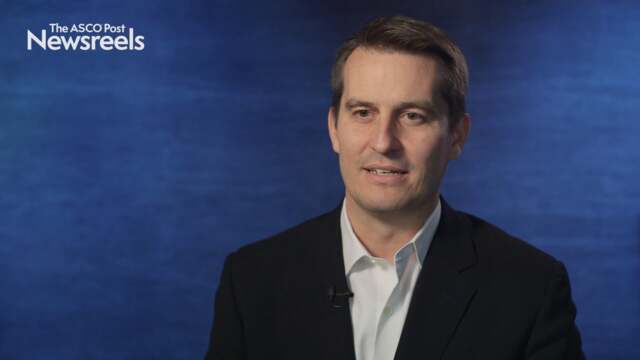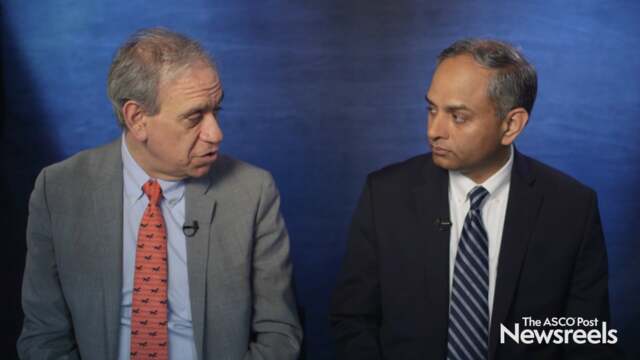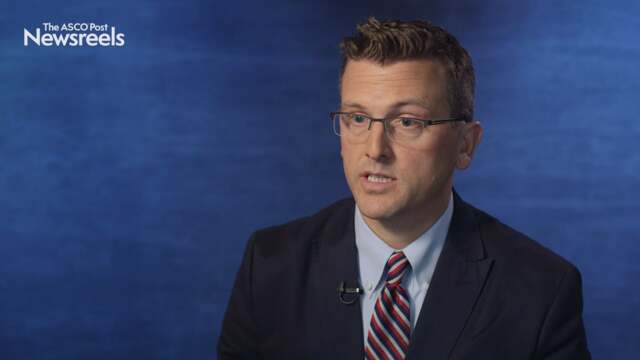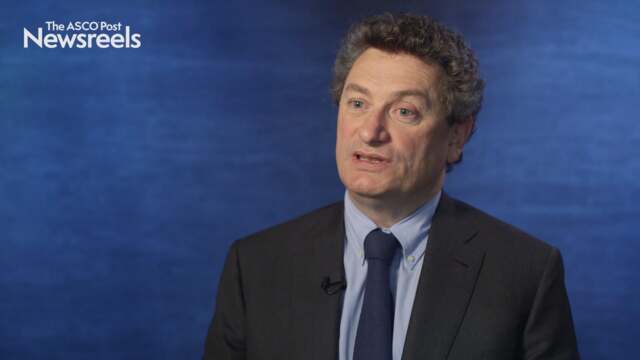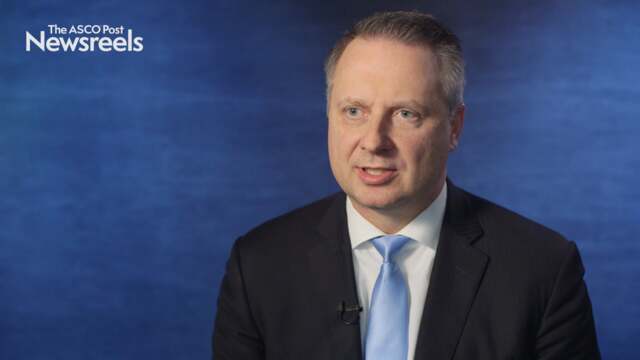Joseph M. Connors, MD, on Untreated Hodgkin Lymphoma: Results From the ECHELON-1 Trial
2017 ASH Annual Meeting
Joseph M. Connors, MD, of the British Columbia Cancer Agency, discusses study findings on a new front-line option: brentuximab vedotin plus doxorubicin, vinblastine, and dacarbazine in patients with previously untreated stage III or IV Hodgkin lymphoma (Abstract 6).
Brian T. Hill, MD, PhD, of the Cleveland Clinic, discusses study findings that showed consolidation with autologous hematopoietic cell transplant in the first remission improves overall survival in patients younger than age 65 (Abstract 341).
Andrew D. Zelenetz, MD, PhD, of Memorial Sloan Kettering Cancer Center, and Sattva S. Neelapu, MD, of The University of Texas MD Anderson Cancer Center, discuss long-term study findings on axicabtagene ciloleucel in patients with refractory aggressive non-Hodgkin lymphoma (Abstract 578).
Mark J. Roschewski, MD, of the National Cancer Institute, discusses phase II study findings that showed DA-EPOCH-R cures most adult patients with Burkitt lymphoma, irrespective of HIV status (Abstract 188).
Gilles A. Salles, MD, PhD, of the Université de Lyon, discusses study findings on rituximab maintenance after induction immunochemotherapy and the significant long-term progression-free survival benefit over observation (Abstract 486).
Andrew M. Evens, DO, of Tufts University, discusses findings on the effectiveness of DLBCL-based therapy for patients whose disease fell between diffuse large B-cell and classical Hodgkin lymphoma (Abstract 375).
